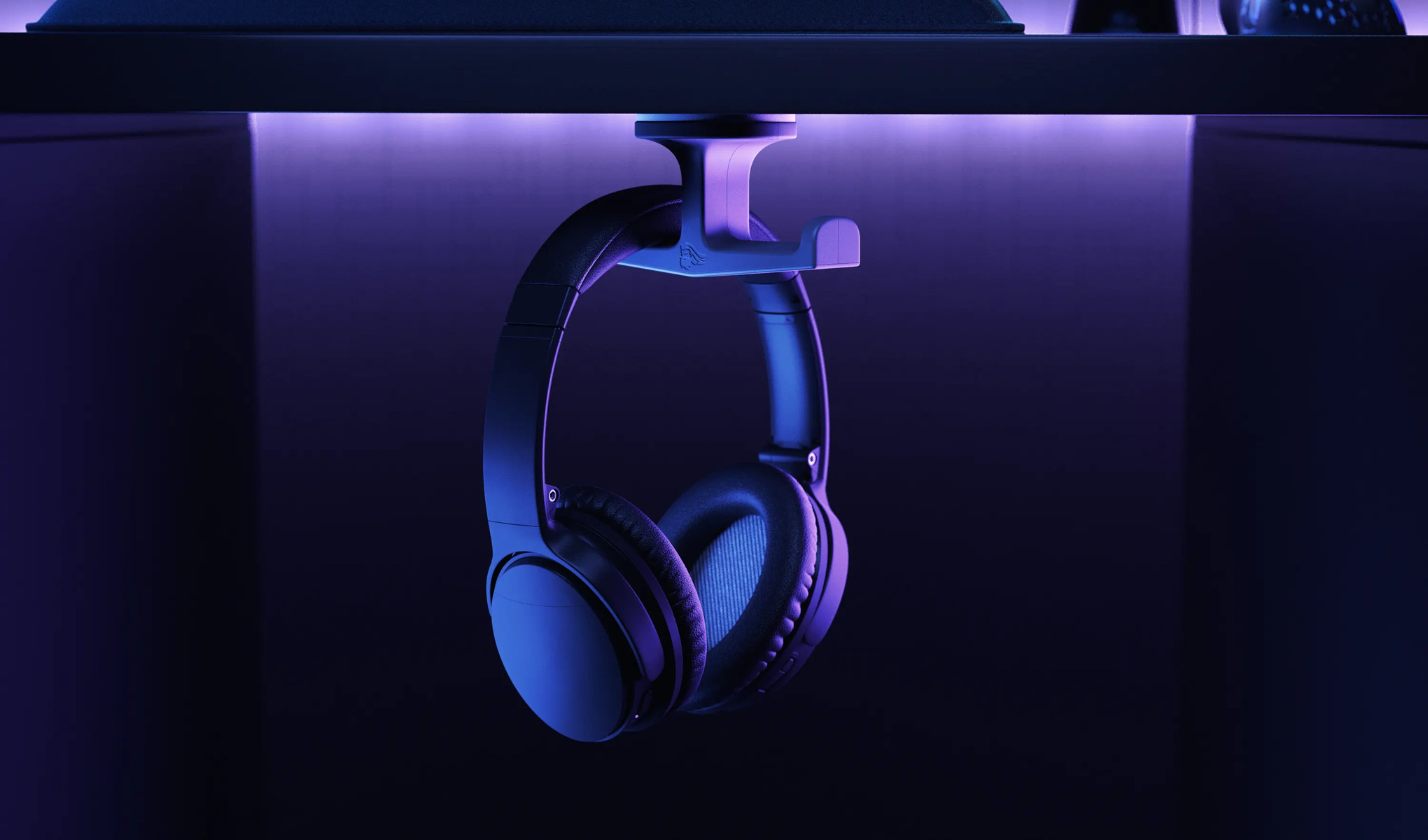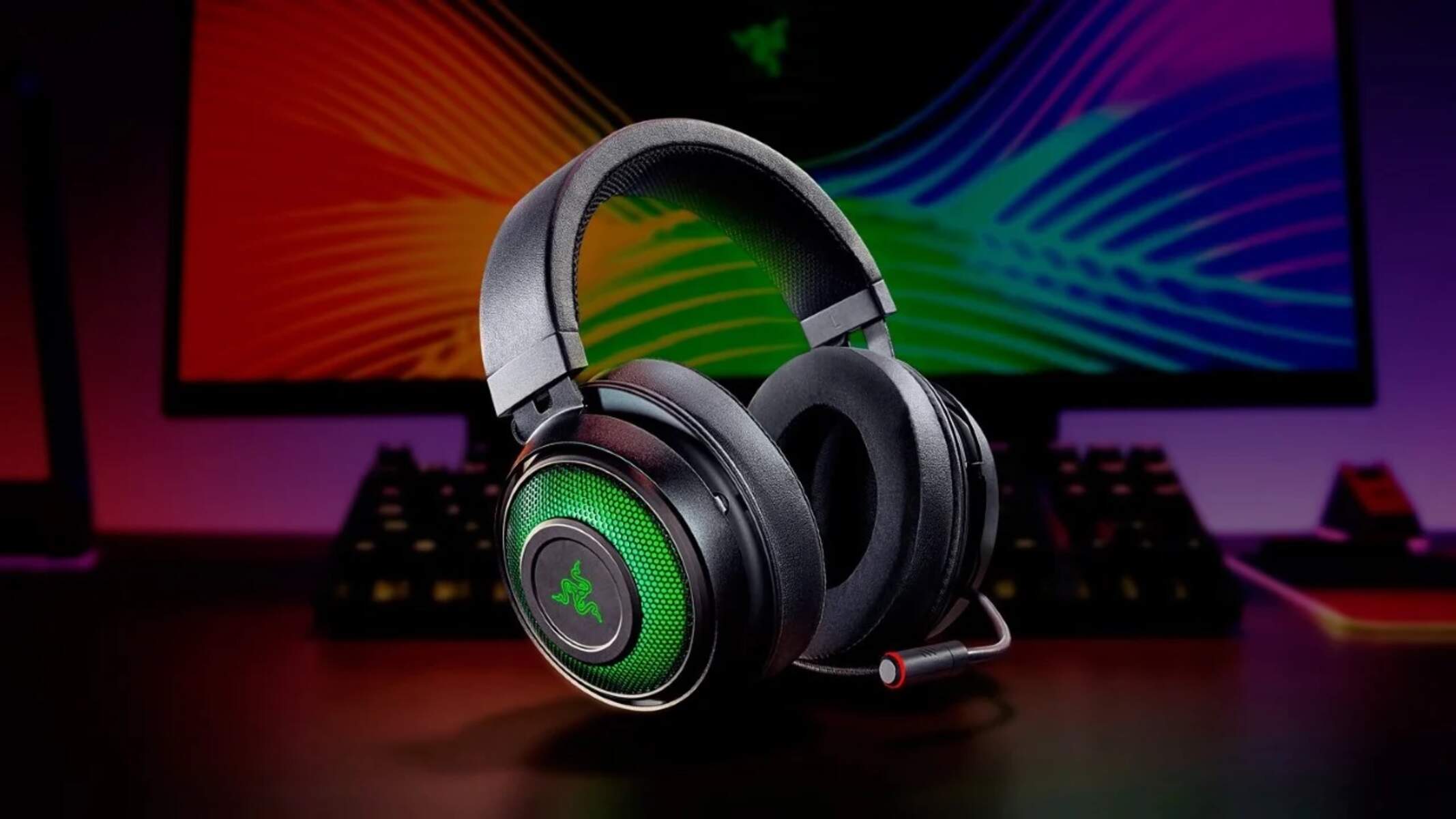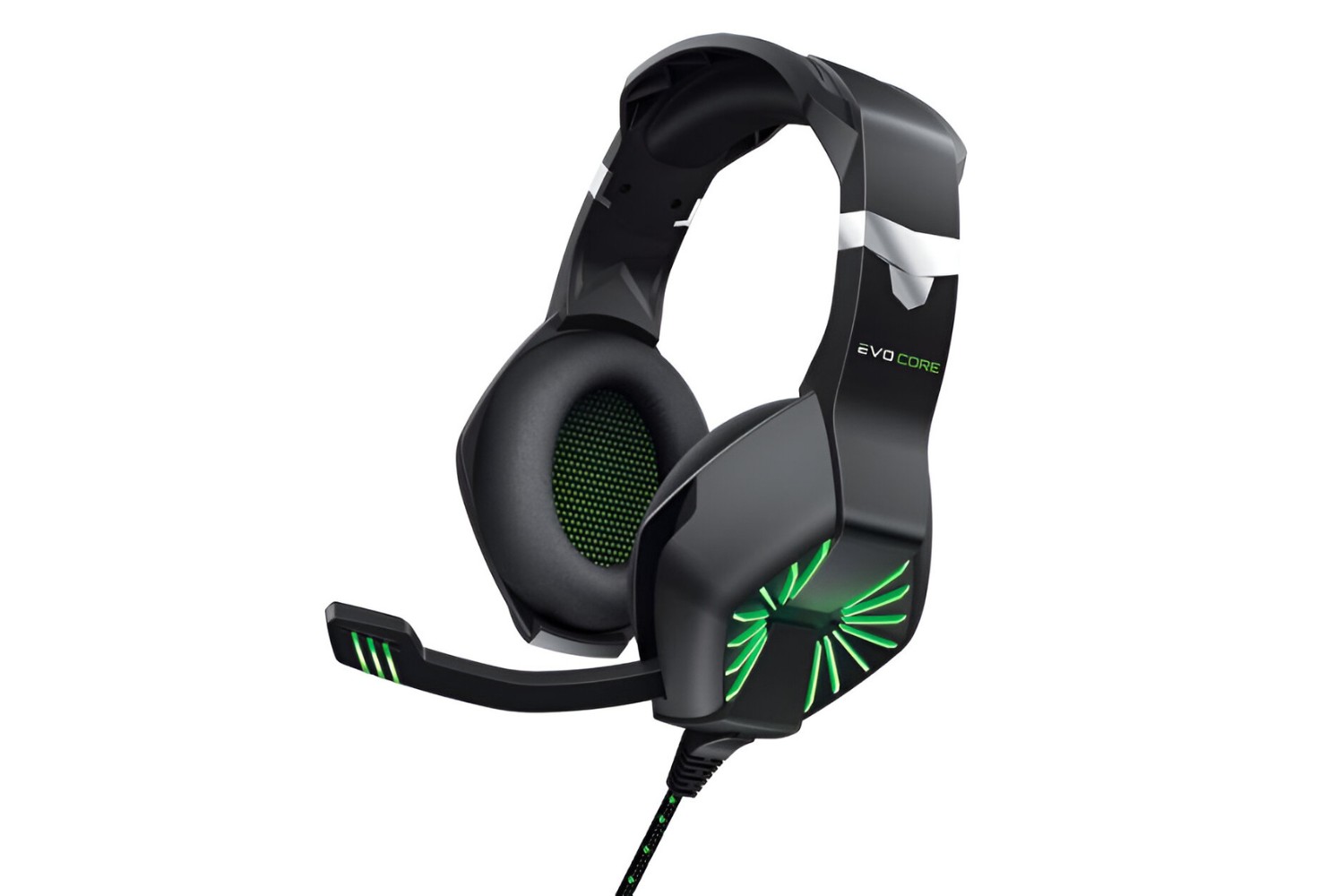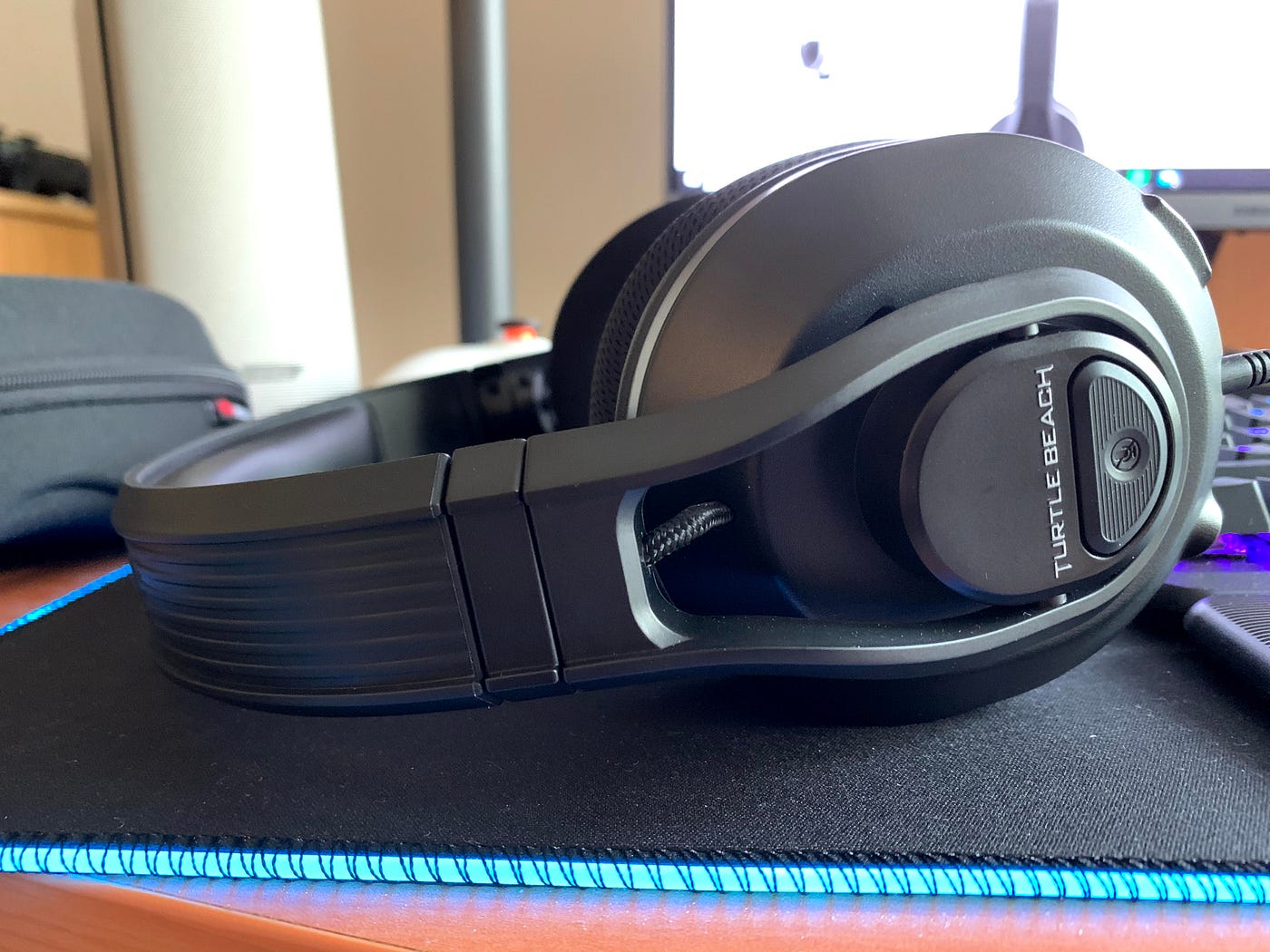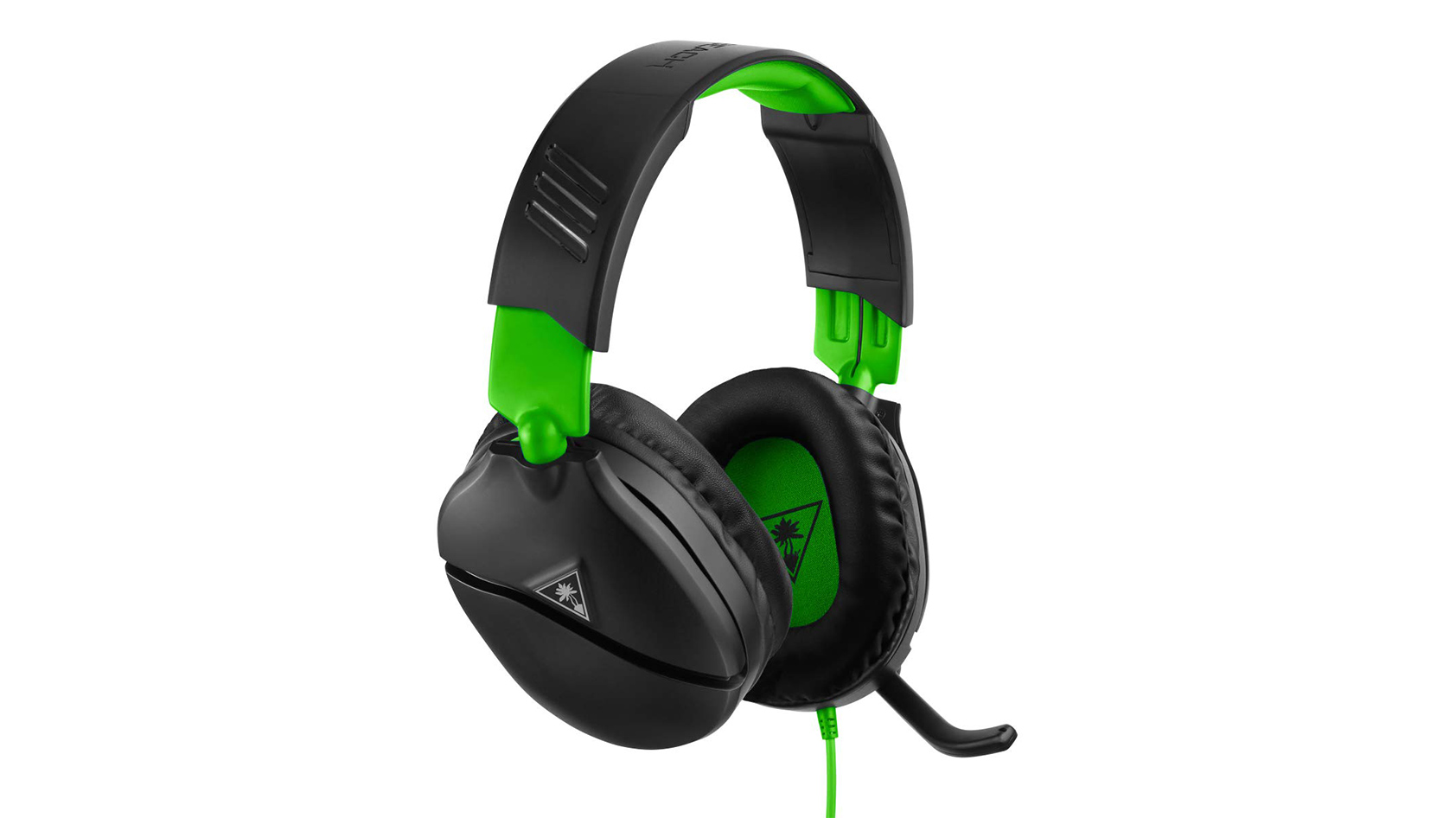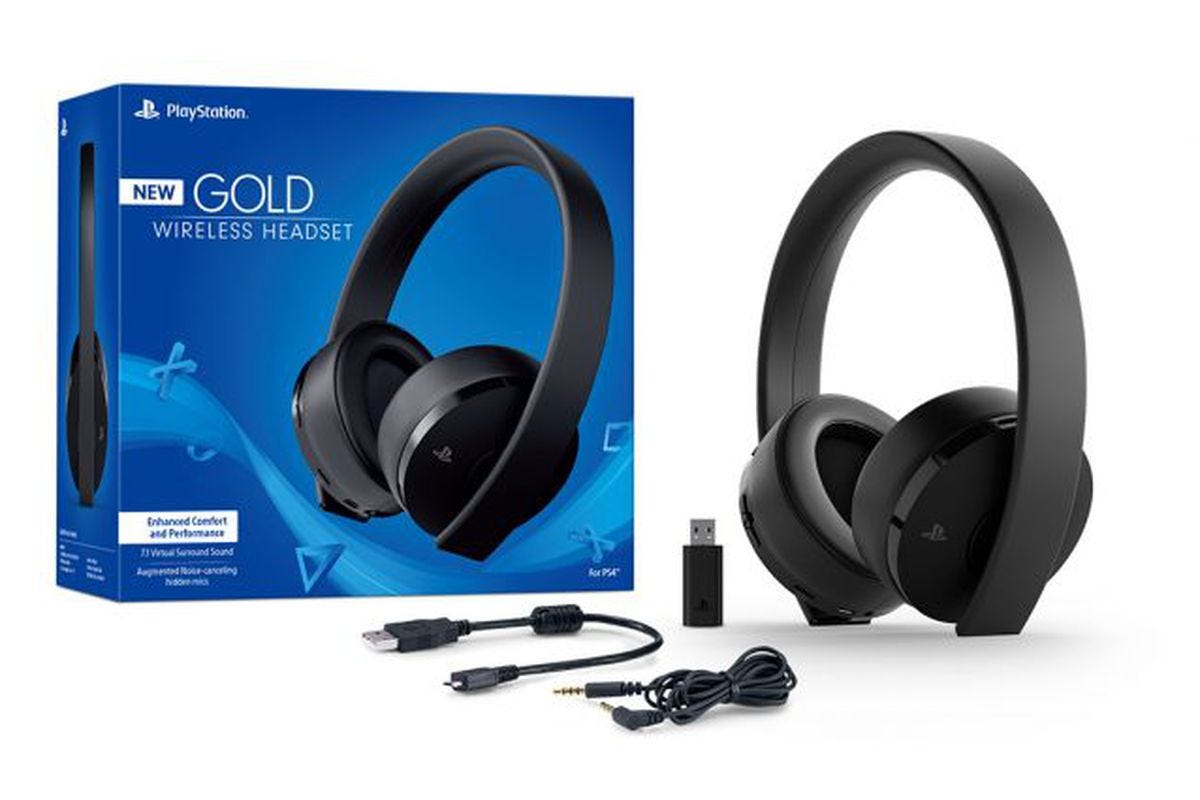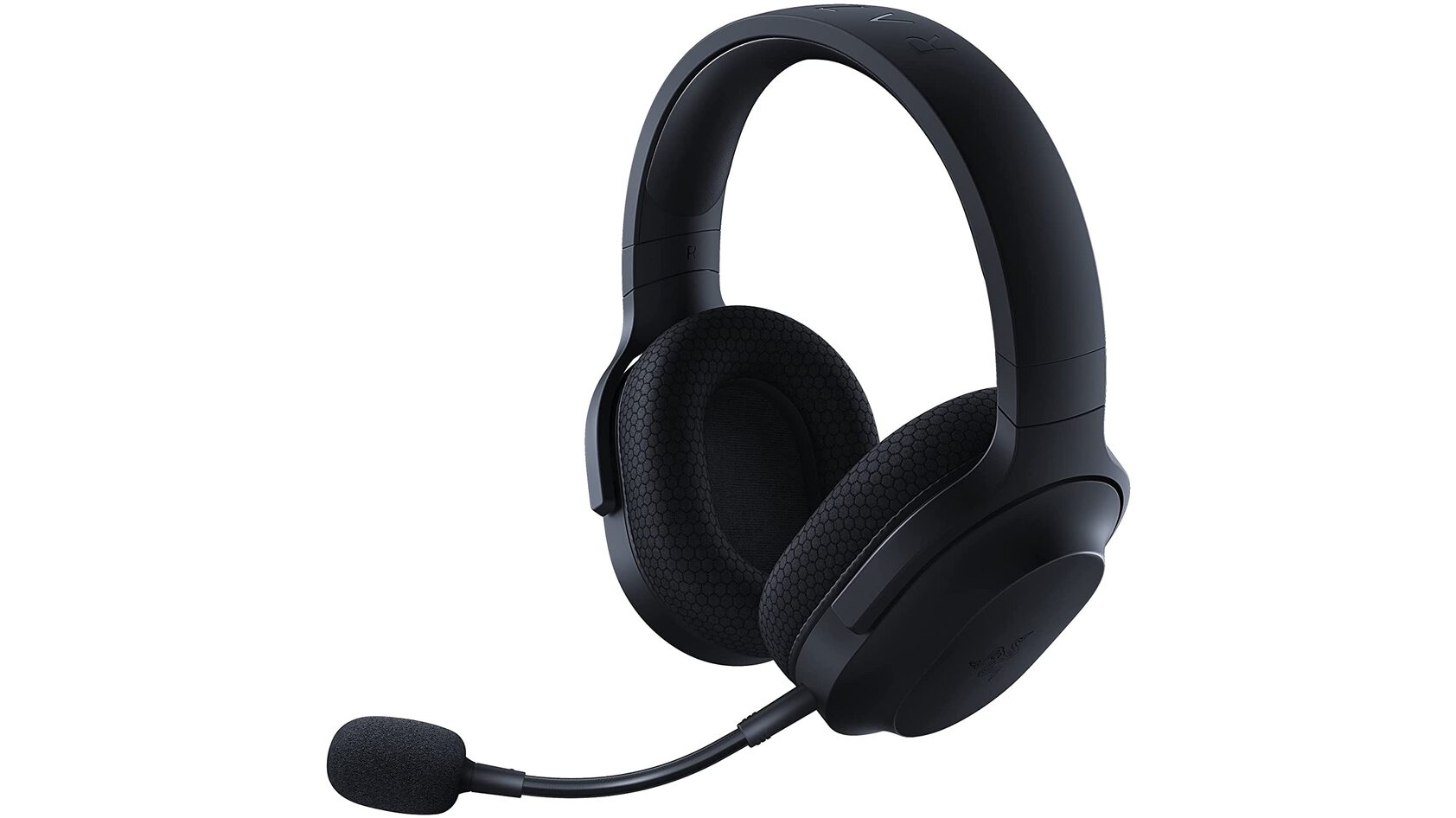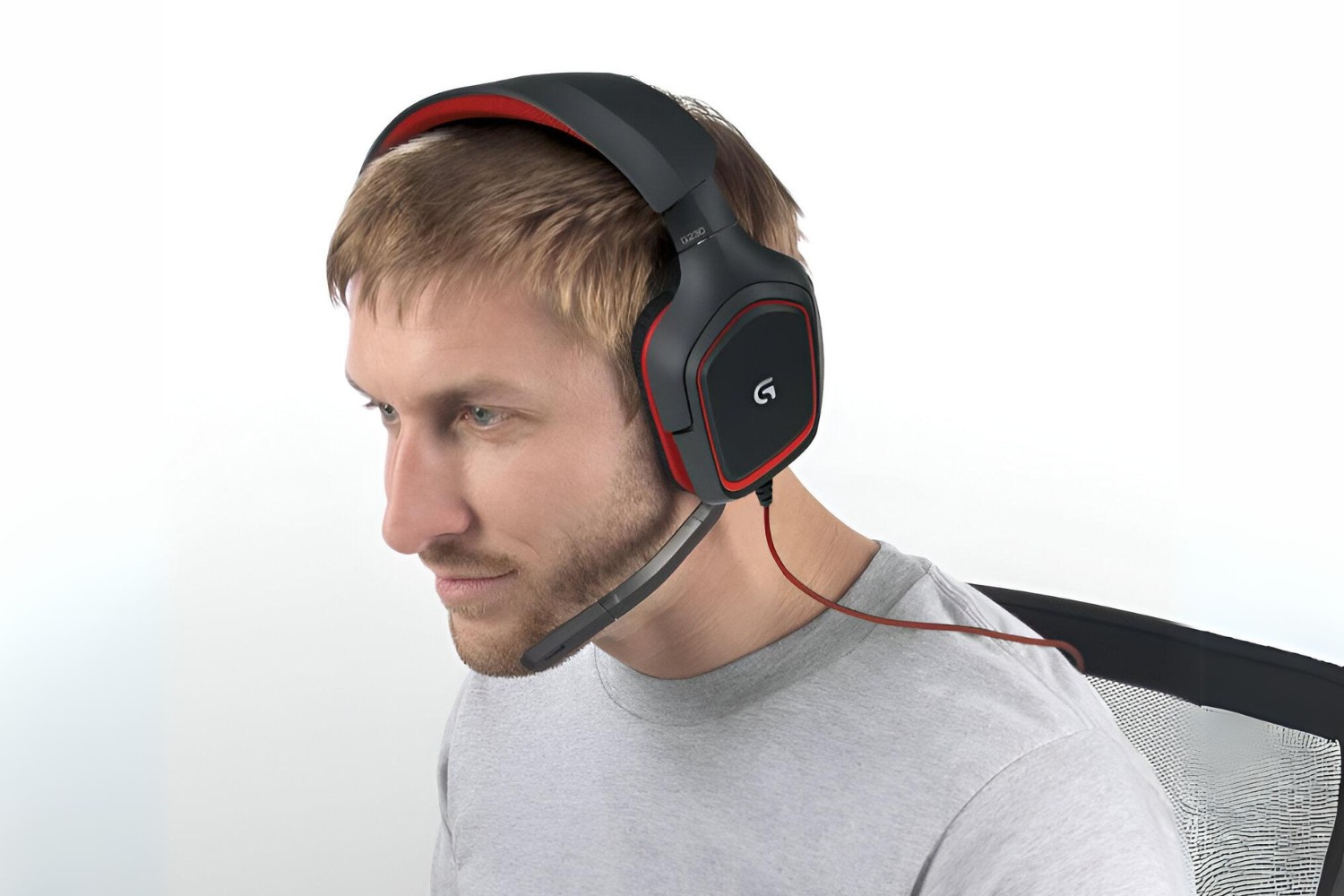Introduction
When it comes to immersive gaming experiences, a high-quality headset is a key component for many gamers. However, some may not be aware of the option to enable "hearing yourself" while using a PC gaming headset. This feature allows users to hear their own voice through the headset speakers while communicating with teammates or streaming content. In this article, we will explore the reasons for enabling this feature and provide step-by-step guidance on how to do so.
Enabling the ability to hear oneself while using a PC gaming headset can have a significant impact on the overall gaming experience. It allows for better self-monitoring of speech volume and clarity, which can be particularly beneficial during online multiplayer games where effective communication is crucial. Additionally, for content creators or streamers, being able to hear oneself can aid in maintaining a consistent speaking volume and tone, resulting in higher-quality audio for viewers.
Moreover, the option to hear oneself through the headset can contribute to a more natural and comfortable communication experience during gaming sessions. It helps prevent the sensation of isolation that can occur when wearing a headset, as users remain aware of their own voice within the gaming environment. This can be especially valuable during extended gaming sessions, as it promotes a sense of connectedness and self-awareness.
In the following sections, we will delve into the methods for enabling the "hearing yourself" feature on a PC gaming headset. We will explore both the built-in settings available through Windows as well as the utilization of third-party software to achieve this functionality. By following the provided instructions, users can enhance their gaming and communication experiences, whether they are engaging in intense multiplayer battles or creating captivating content for their audience.
Why Enable Hearing Yourself?
Enabling the "hearing yourself" feature on a PC gaming headset offers several compelling advantages that can significantly enhance the gaming and communication experience. One of the primary reasons to enable this feature is to ensure effective and clear communication during multiplayer gaming sessions. By being able to hear their own voice through the headset, gamers can better monitor their speech volume and enunciation, leading to improved coordination and teamwork with fellow players.
For content creators and streamers, the ability to hear oneself while using a PC gaming headset is instrumental in maintaining consistent audio quality. It allows for real-time self-assessment of speaking volume and tone, resulting in more professional and engaging content for viewers. This feature is especially valuable for those creating gaming-related content, as it ensures that their commentary remains clear and coherent throughout their streams or recordings.
Furthermore, enabling the option to hear oneself through the headset fosters a more natural and immersive communication environment. It prevents the sensation of vocal isolation that can occur when wearing a headset, as users remain connected to their own voice within the gaming environment. This contributes to a more comfortable and authentic interaction with teammates, enhancing the overall gaming experience and promoting a sense of camaraderie during multiplayer engagements.
Additionally, for individuals engaging in extended gaming sessions, the ability to hear oneself through the headset can help mitigate the potential discomfort associated with prolonged headset use. By maintaining awareness of their own voice within the gaming audio, users can alleviate the feeling of auditory isolation and promote a greater sense of self-awareness and presence within the virtual environment.
Overall, enabling the "hearing yourself" feature on a PC gaming headset empowers users to take control of their communication clarity, audio quality, and immersive experience. Whether engaging in intense multiplayer battles or creating captivating content, this feature offers tangible benefits that contribute to a more enjoyable and effective gaming and communication experience.
How to Enable Hearing Yourself on PC Gaming Headset
Enabling the "hearing yourself" feature on a PC gaming headset can be accomplished through various methods, offering users the flexibility to choose the most suitable approach based on their preferences and system configuration. The following sections detail two primary methods for enabling this feature: utilizing Windows sound settings and employing third-party software.
- Using Windows Sound Settings: Windows operating systems provide built-in sound settings that allow users to enable the "Listen to this device" feature for their headset microphone. To access this functionality, users can navigate to the Sound settings within the Control Panel or the Sound section in the Windows Settings app. From there, they can select their headset microphone, navigate to the "Listen" tab, and check the "Listen to this device" option. This will route the microphone input to the headset speakers, enabling users to hear themselves while using the headset.
- Using Third-Party Software: Alternatively, users can leverage third-party software solutions to enable the "hearing yourself" feature on their PC gaming headset. There are numerous third-party applications available that offer advanced audio management and customization features, including the ability to route microphone input to the headset output. By installing and configuring such software, users can achieve the desired functionality and fine-tune their audio settings to suit their specific preferences and requirements.
By following the step-by-step instructions provided for each method, users can seamlessly enable the "hearing yourself" feature on their PC gaming headset, enhancing their communication clarity and overall gaming experience. Whether opting for the native Windows sound settings or utilizing third-party software, users can tailor their audio setup to align with their individual preferences and optimize their interaction within the gaming environment.
Using Windows Sound Settings
Windows operating systems offer a straightforward method for enabling the "hearing yourself" feature on a PC gaming headset through the built-in sound settings. By leveraging the "Listen to this device" functionality, users can route their microphone input to the headset speakers, allowing them to hear themselves in real time during gaming sessions and communication activities. The following steps outline the process for enabling this feature using Windows sound settings:
- Accessing Sound Settings: To begin, users can access the sound settings by navigating to the Control Panel and selecting the "Sound" option. Alternatively, in newer Windows versions, users can access sound settings by going to the Windows Settings app and selecting the "Sound" section.
- Selecting the Headset Microphone: Within the sound settings, users can locate and select their PC gaming headset microphone from the list of recording devices. This may involve right-clicking on the sound icon in the taskbar and choosing "Sounds" and then navigating to the "Recording" tab.
- Enabling "Listen to this device": After selecting the headset microphone, users can navigate to the "Listen" tab within its properties. Here, they can check the "Listen to this device" option, which will route the microphone input to the headset speakers, enabling users to hear themselves in real time.
- Adjusting Audio Levels: Users can further customize their experience by adjusting the audio levels and microphone properties within the sound settings. This includes modifying the volume, enhancing audio quality, and fine-tuning the microphone input to achieve the desired listening experience.
By following these steps and enabling the "Listen to this device" feature within the Windows sound settings, users can seamlessly hear themselves through their PC gaming headset, enhancing their communication clarity and overall gaming experience. This native functionality provides a convenient and accessible way to achieve the desired audio setup, empowering users to maintain better self-awareness and communication effectiveness within the gaming environment.
Using Third-Party Software
Alternatively, users can opt to utilize third-party software to enable the "hearing yourself" feature on their PC gaming headset, providing advanced audio management and customization capabilities beyond the native Windows sound settings. Third-party applications offer a range of features, including the ability to route microphone input to the headset output, fine-tune audio settings, and customize the listening experience according to individual preferences. The following steps outline the process of using third-party software to achieve this functionality:
- Researching and Selecting Software: Users can begin by researching and selecting a suitable third-party software solution that aligns with their audio management needs and compatibility with their PC gaming headset. There are various applications available, each offering unique features and customization options.
- Installing the Software: Once a preferred software solution has been identified, users can proceed to download and install the application on their computer. The installation process typically involves following on-screen prompts and selecting the desired installation settings.
- Configuring Audio Settings: After the software is installed, users can launch the application and navigate to the audio settings or preferences section. Here, they can explore the available options for routing microphone input to the headset output and enabling the "hearing yourself" feature.
- Customizing the Listening Experience: Users can take advantage of the advanced customization features offered by the third-party software to fine-tune their listening experience. This may include adjusting audio levels, applying audio enhancements, and optimizing the microphone input for clear and natural self-monitoring.
By leveraging third-party software, users can access a wealth of audio management tools and customization options to enable the "hearing yourself" feature on their PC gaming headset. This approach offers enhanced flexibility and control over the audio setup, empowering users to tailor their communication clarity and overall gaming experience to their specific preferences and requirements.
Conclusion
Enabling the "hearing yourself" feature on a PC gaming headset can significantly enhance the gaming and communication experience, offering benefits such as improved communication clarity, consistent audio quality for content creation, and a more immersive interaction within the gaming environment. By following the outlined methods, users can seamlessly achieve this functionality, empowering them to better monitor their speech, maintain effective communication during multiplayer gaming, and create high-quality audio content.
Whether utilizing the native Windows sound settings or opting for third-party software solutions, users have the flexibility to tailor their audio setup to align with their individual preferences and system configurations. The accessibility and customization options provided by these methods ensure that users can optimize their gaming headset for a more natural and engaging communication experience, fostering a sense of connectedness and self-awareness within the virtual gaming environment.
Overall, the ability to hear oneself while using a PC gaming headset contributes to a more immersive and enjoyable gaming experience, enhancing communication, content creation, and overall audio interaction. By embracing this feature, users can elevate their gaming sessions, improve coordination with teammates, and create captivating content with consistent and professional audio quality.
Whether for casual gaming, competitive multiplayer engagements, or content creation endeavors, enabling the "hearing yourself" feature on a PC gaming headset empowers users to take control of their audio experience, resulting in a more natural, immersive, and connected gaming environment.







